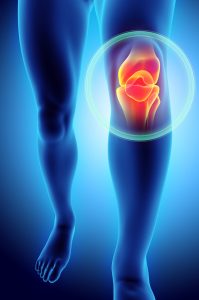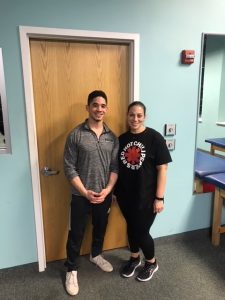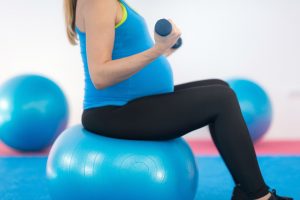Okay, what is an RMR? Why is it important? Is it the ‘secret ingredient” to help put on muscle or lose weight? Let’s start from the top and work our way in.
RMR is an acronym for Resting Metabolic Rate. Your RMR is a sum of all the calories your body burns in order to keep itself alive; i.e. heart beating, breathing, and digesting food. On a surface level, that’s it. Your RMR will not be all the calories you burn in a day because you also have to factor in your daily activities. These are going to be everything else you need to do, such as walking, the gym, laundry, brushing teeth… you get the point.

What factors influence your RMR? Can it be changed?
The RMR is completely unique to you. It is influenced by things like body composition, height, weight, gender, muscle mass, and age. A bigger person, with more muscle mass will tend to have a higher RMR than someone who may be shorter, lighter and have less muscle mass. There are also ways to change your RMR, for example, losing weight (both fat and muscle) will yield a lower RMR while putting on muscle will increase your RMR (how much energy you burn).
Is my RMR the golden ticket to changing my body composition?
Not entirely. There are many calculators online you can use to find an RMR, but the numbers vary and may not always be accurate. At Peak, we have a calibrated metabolic cart that will calculate your RMR more accurately. Once you’ve completed an RMR, how can this information be used? Now is when you contact a health professional to move forward with a caloric range based on your future goals. Utilze this information in conjunction with your nutrition and exercise plans. Put in the effort and stay consistent toward your goals to feel better and healthier!
By Matthew Rhodes, MS







